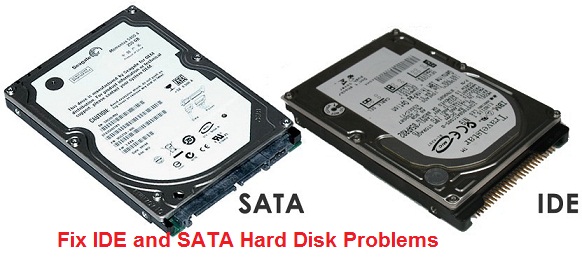

Their smaller size allows SSDs to weigh less than larger HDDs with their magnetic heads and metallic disks.
#Hard disk power on time incorrect Pc#
Energy efficiency is a big benefit in using an SSD when it comes to PC and mobile devices where battery longevity is a highly marketable and requested feature. Since an SSD has no moving parts, it needs less power to operate compared to an HDD with a magnetic spinning disk. PCIe 4.0 (the current version) offers up to 32 lanes and can, in theory, transfer data at up to 64,000MB/s compared to the 600MB/s specification limit of SATA III.

NVMe SSD: NVMe technology utilises the PCIe bus, instead of the SATA bus, to unlock enormous bandwidth potential for storage devices.Despite bus limitation, it’s common to see an overall system performance improvement of 10-15 times when using SATA-based SSDs in place of legacy HDD technology. In comparison, SSDs saturate the SATA bus at 550 MB/s. SATA SSD: HDDs are only able to achieve 50-120 MB/s in write performance.Also, SSDs are very stable, which ensures that stored data is secure. Faster speeds mean SSDs can handle data at the ultra-high speeds necessary in today’s business world, especially when running programs that access large amounts of data such as an operating system. SSDs offer shorter boot times for your computer, more immediate data transfer and higher bandwidth. SSDs are up to a hundred times faster than HDDs. An SSD is also better able to handle drops, shakes, shocks and everyday wear and tear, making it less apt to experience data loss. Since an SSD doesn’t have such parts, it can maintain a lower temperature with much higher performance. Heat is a major cause of failures in hard drives, and enough heat is generated by the continual motion of an HDD’s moving parts to cause it to break down over time.


 0 kommentar(er)
0 kommentar(er)
